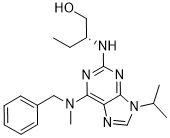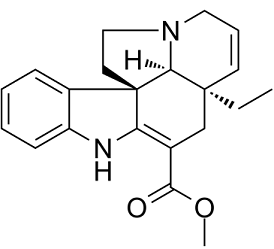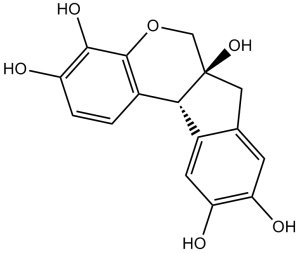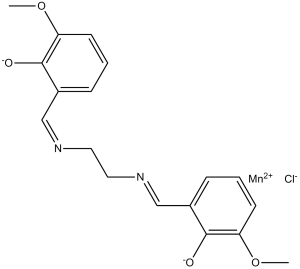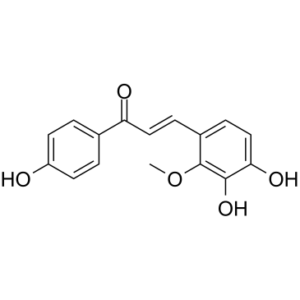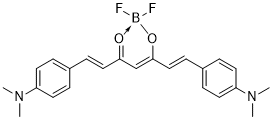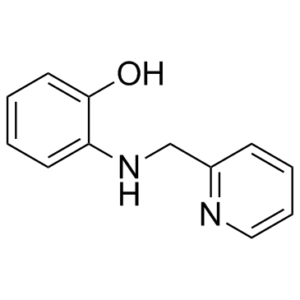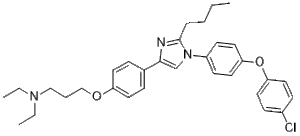Aftin-4 is an Amyloid-β42 (Aβ42) inducer.
Tabersonine is a naturally occuring terpene indole alkaloid extracted from the medicinal plant Catharanthus roseus and also in the genus Voacanga.
Hematoxylin (also known as Hydroxybrazilin; Natural Black 1) is a natural compound that forms strongly colored complexes with certain metal ions, notably Fe(III) and Al(III) salts and a kind of stain in histology.
EUK 134 (EUK-134; EUK134), a synthetic and cell permeable superoxide dismutase (SOD)/catalase mimetic, is a novel antioxidant compound that exhibits potent antioxidant activities.
Licochalcone B, a naturally occuring chalcone compound isolated from the root of Glycyrrhiza inflate, is an inhibitor of phosphorylation of NF-kappaB p65 in LPS signaling pathway.
CRANAD-2 is a difluoroboron-based curcumin acting as a near-infrared (NIR) Aβ plaque-specific fluorescent probe for in vivo detection of amyloid-beta deposits.
FPS-ZM1 is a potent and high-affinity RAGE specific blocker with Ki value of 25 nM.
ARN2966 is a novel and potent post-transcriptional modulator of APP (amyloid precursor protein) expression; reduces expression of APP with resultant lower production of Aβ.
Azeliragon (also known as TTP488 and PF-04494700) is a potent and orally bioavailable RAGE (Receptor for Advanced Glycation End products) inhibitor that has the potential for the treatment of mild-to-moderate Alzheimer’s disease and cerebral amyloid angiopathy.
